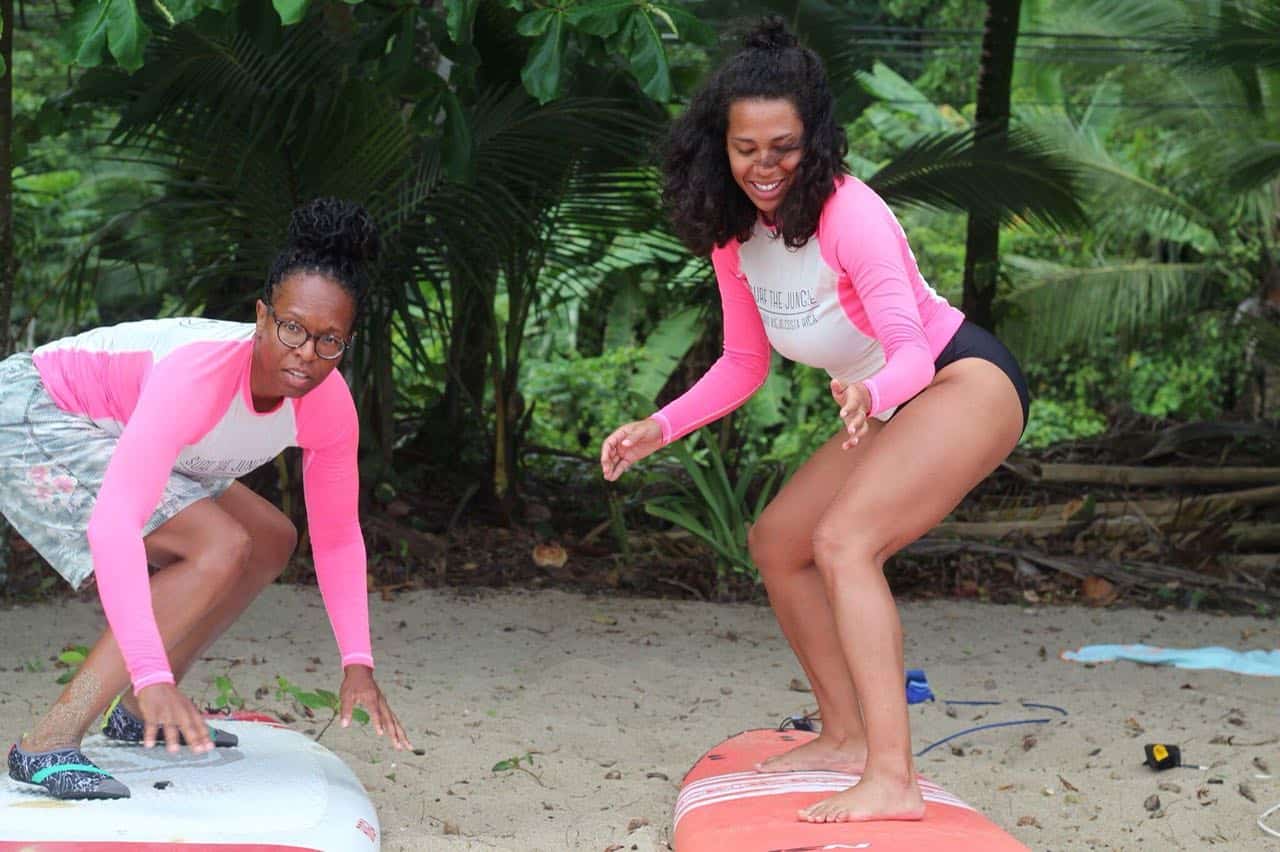If you are planning on learning how to surf in Costa Rica, you need to learn some of the basic rules and etiquette of the sport. This is a short list the top 5 dos and don’ts that you should keep in mind when surfing. Over the past couple of years, several more board rental shops have opened up in the North of Costa Rica as well the San Juan del Sur area of Nicaragua, arming beginners and would-be intermediates with 9 foot to 10 foot missiles of death, or as you might more commonly know them, long boards. I am very happy to see the local businesses thrive on the increase in surfing tourism to the area. However, one thing that is missing is a basic introduction to water safety and basic surfing etiquette.
5 Basic Rules of Surf Etiquette
1. Your surfboard is your friend
Do not abandon your surfboard under any circumstances. This can result in serious injury to others around you and loss of a flotation device for yourself.
2. Although it’s your friend, your surfboard can also hurt you and others
It is very important to be aware of where your board is at all times. You and those around you can be seriously injured if you are unable to maintain control of your surfboard.
3. Always be aware of who is in front of you and behind you
This will help you to avoid a ditched board from hitting you, or having your ditched board hit others behind you. Remember: Don’t ditch your board!
4. Always check both ways before paddling for any wave
You would never cross the street without looking both ways, so don’t ever paddle for a wave without doing the same.
The reason for this is two-fold:
First of all, it will help you to avoid dropping in on the surfer in priority behind you; and secondly, it will help you to avoid hitting someone as you try and catch the wave.
The notion of surfing priority is an entire subject in and of itself. Briefly, the person closest to the peak of the wave has priority. If a wave is peeling left, the person to your right has priority, and vice versa.
The surfers with priority are the ones who are sitting inside of you on the wave; and thus have the right of way. For now, suffice it to say that if you are new to surfing, give the right of way to any surfer who looks like they know what they’re doing.
This same technique works as well to avoid colliding with a fellow novice. Don t go. Just wait for the next one. Finally…
5. Cover your head
When you do take a wave, and if you fall, always remember to come up with your hands covering your head to avoid being hit in the head by your boardSurfing is a wonderful sport, but it can also be very dangerous if these basic tips are ignored. Be safe and see you in the water!
Thanks to people over at Chica Brava for this article. To find more about Chica Brava visit their website






